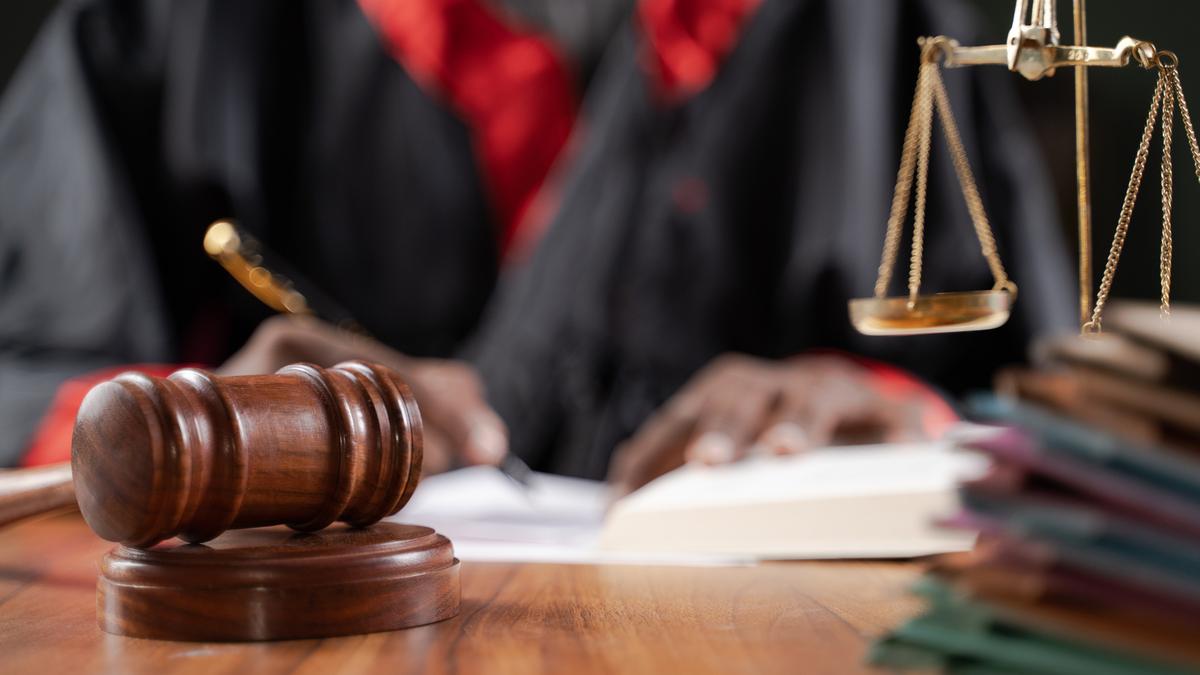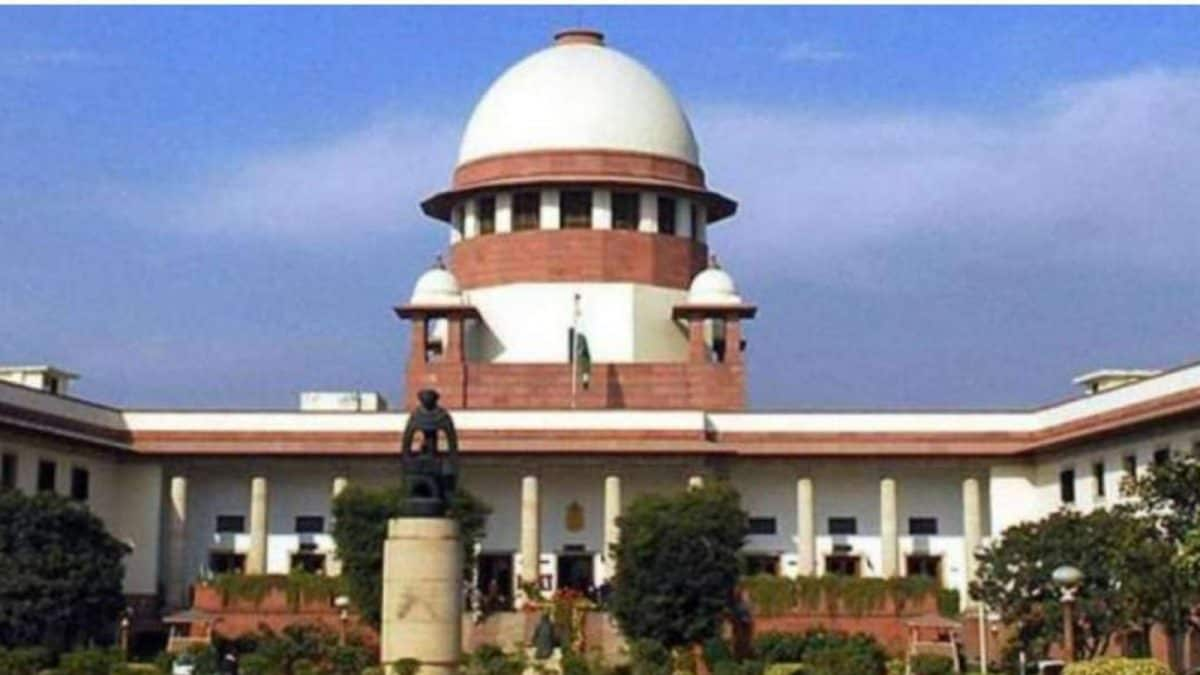The commission headed by retired judge H.N. Nagamohan Das, which is looking at internal reservation among the 101 Scheduled Castes (SCs) in Karnataka, is expected to recommend classifications taking into consideration the social, economic, educational, and employment backwardness of each caste, and not see them just as broad political groupings as Dalit ‘left’ (Madiga and allied castes) and Dalit ‘right’ (Holeya and allied castes). This will be beside giving due weightage to population size and representation.
Currently, a similar method has been adopted in the classification of backward classes with castes grouped together as most backward, more backward, and backward categories based on the development indicators of the castes. The commission headed by Mr. Das has been asked to recommend an internal reservation to slice up the 17% reservation (enhanced from the earlier 15%) available for the SCs.
Earlier slicing formula
Incidentally, when the BJP government in 2022 announced internal reservation ahead of the 2023 Assembly elections, it had provided separate quota for Dalit ‘left’ and ‘right’ communities besides Korma, Koracha, and Lambani communities while providing 1% reservation for nomadic communities under the “others” category based on population.
“Castes that can compete among equal castes in terms of backwardness are expected to be clubbed together. For example, nomadic and semi-nomadic communities, most of which fall in the most backward category, cannot be brought with castes that have moved up the ladder. Backwardness will be the prime mover, though the population size of the communities will also play a major factor. The Supreme Court in its order last year also placed backwardness and adequate representation as the basis for providing internal reservation,” sources in the commission said. “Telangana, which recently came up with an internal reservation, has also classified castes into three categories based on backwardness. Also, the Constitution does not recognise the Dalit ‘left’ and Dalit ‘right’ groupings.”
Sources said that of the 101 SCs in Karnataka, 88 castes, including 45 nomadic castes, are classified as micro-communities whose population, according to the 2011 Census, do not even constitute 10% of the total population. “Their development indicators when compared with major SCs are lower.”
The survey work to identify the population and their status in terms of employment, education, ownership of land and houses, political representation and other development indicators that started on May 5 is still under way. After the fourth extension, a new deadline of July 6 has been fixed to end the survey.
Classification dilemma
Sources said the dilemma over the classification of Adi Karnataka, Adi Andhra, and Adi Dravida is likely to continue despite the commission seeking the original caste names from those being surveyed. “Many have continued to be associated with these colonial-era nomenclatures, which is currently the reason for confusion. A large number of households continue to hold these certificates, also because they do not know their original caste names,” said a source in the commission.
Report by end of July
The H.N. Nagamohan Das commission is expected to submit its report and recommendation on internal reservation before the end of July. Sources said the commission is expected to get the final figures of population data by July 7. “Analysis work on various parameters is already under way, and by July third week the report is likely to be ready for submission. The data on the government employees to ascertain representation has also been received as well as from the State-run educational institutions,” said the source in the commission.
Of the 1.16 crore projected population of SCs in the State, the survey has identified 1.07 crore or about 92%. Though the survey has progressed well across the State, it is lagging in Bengaluru where just about 52% or about 7.04 lakh population of the projected population of 13.62 lakh has been covered to far.



.png)
.png)
.png)
















 1 day ago
6
1 day ago
6









 English (US) ·
English (US) ·